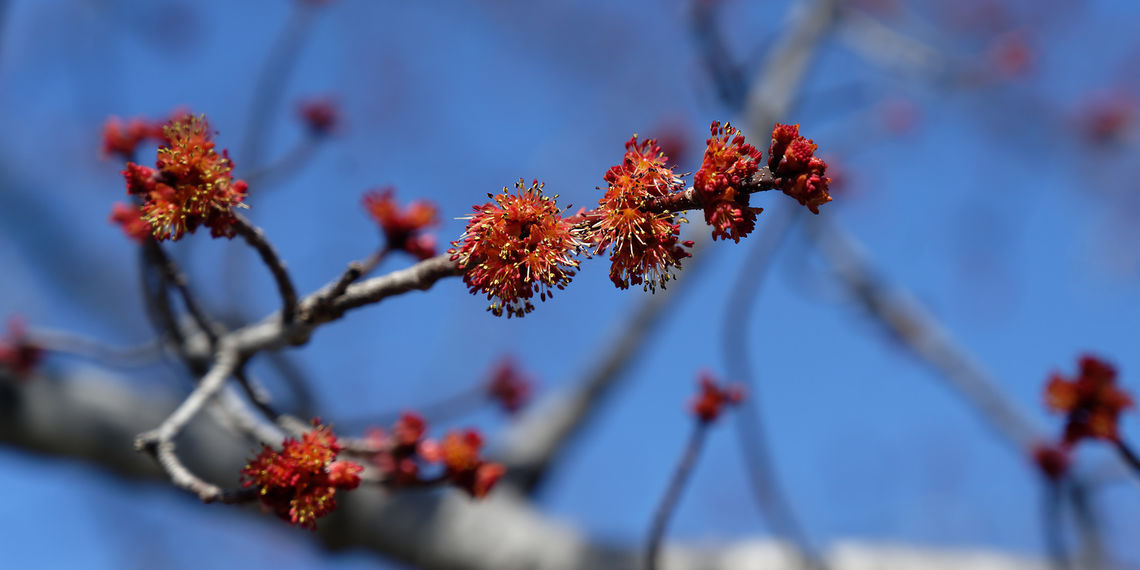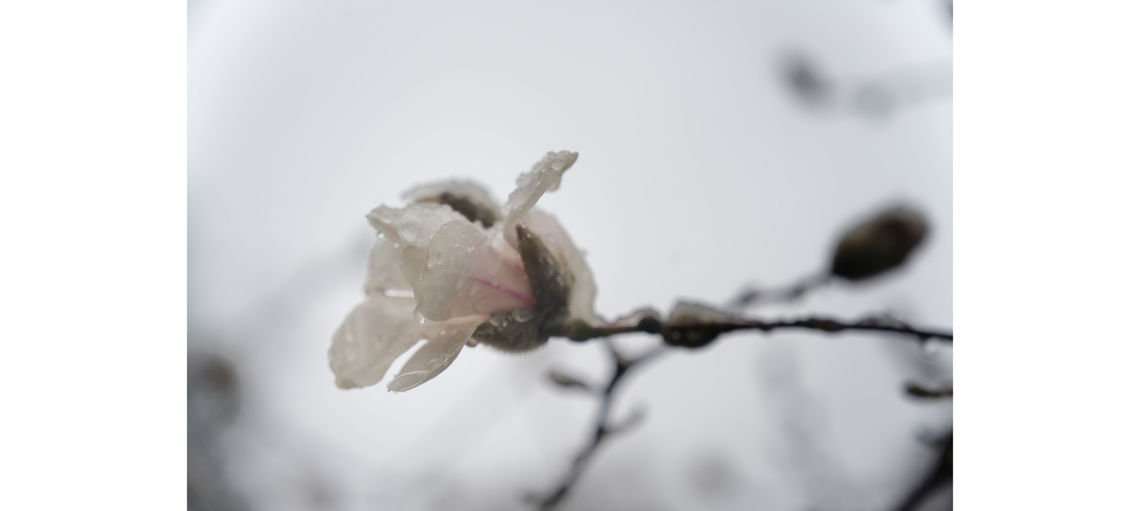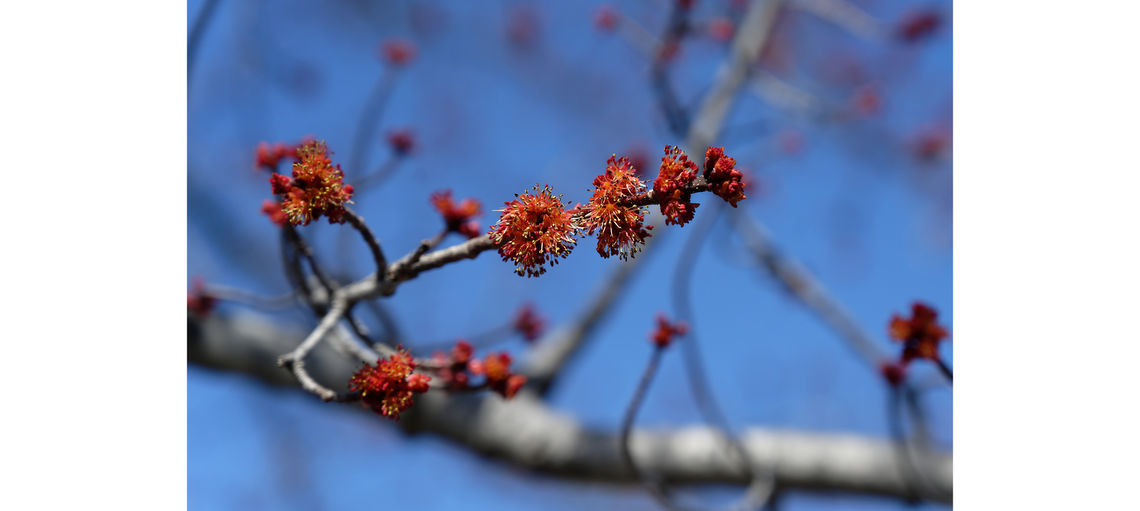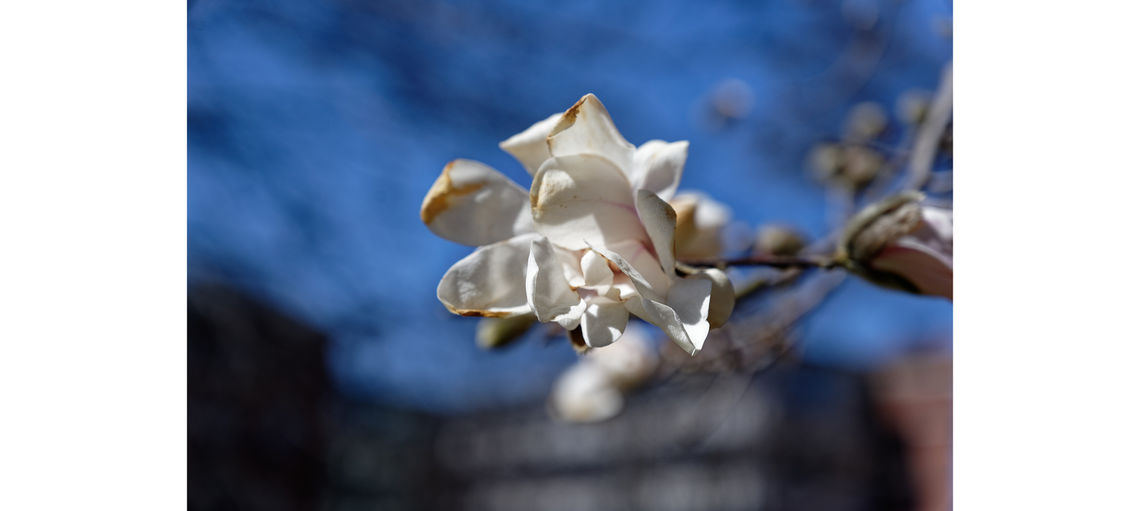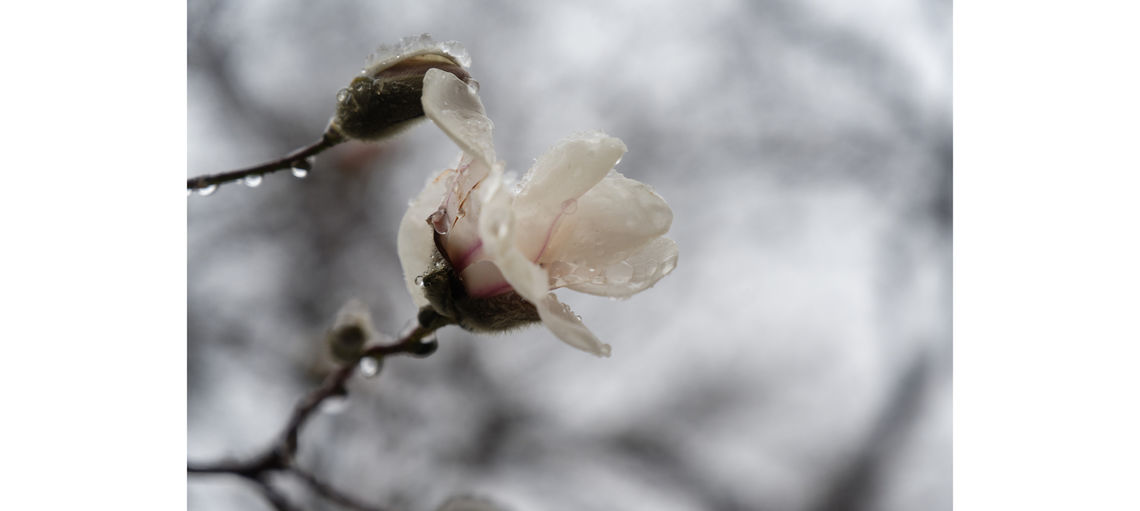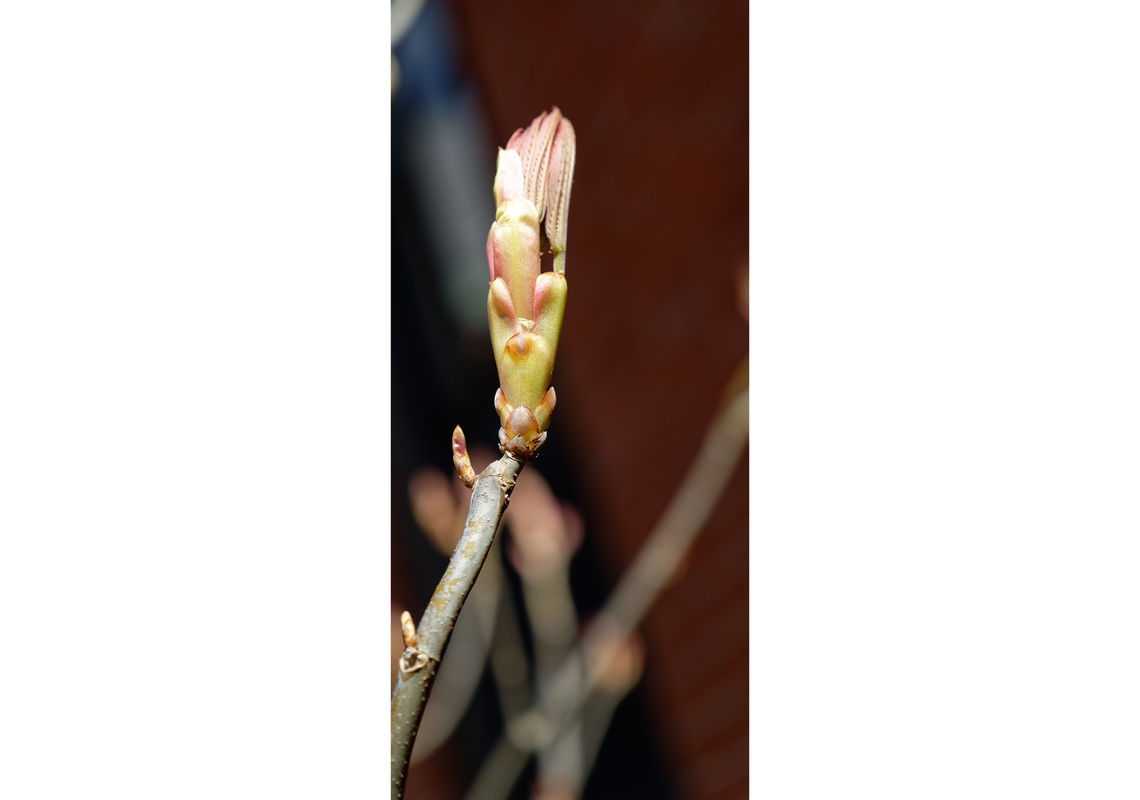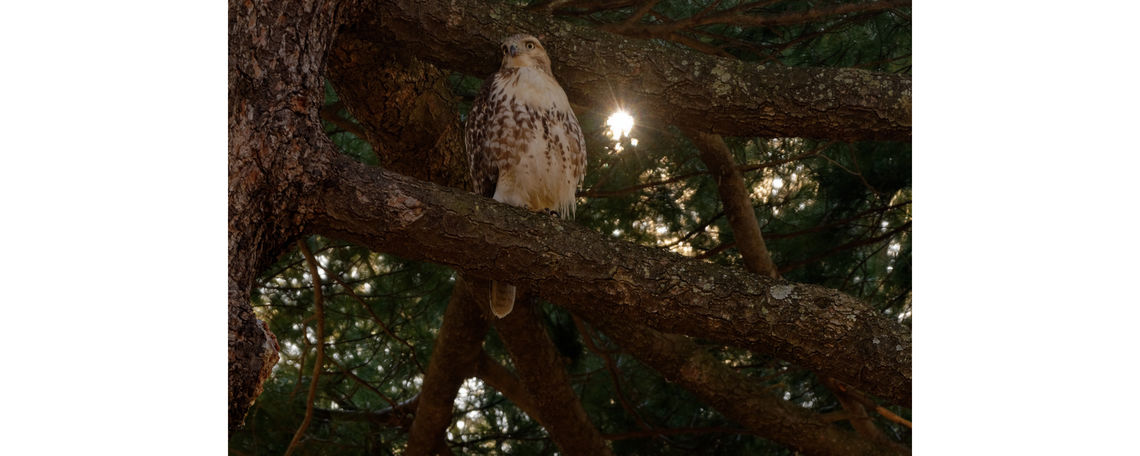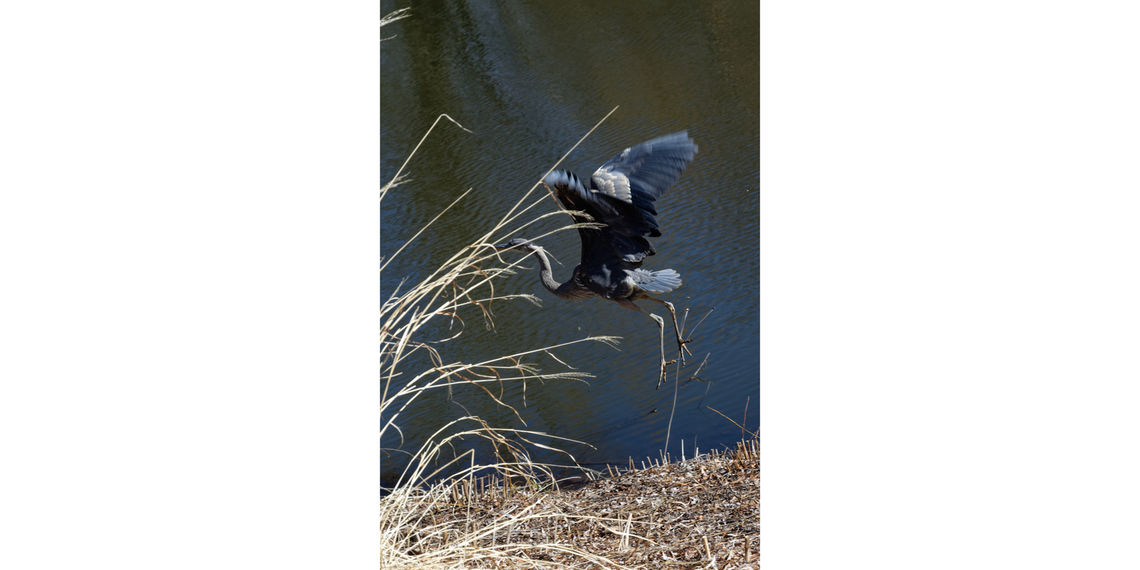About this series
Beauty in a Broken World is a collection of essays, poems, music, photography and spoken word generously contributed by a Harvard Divinity School student cohort led by author and Utah native Terry Tempest Williams, to bring solace and solidarity during the coronovirus pandemic.
Nature heals.
Nature is one of my most treasured coping strategies and one that I need in increasing doses as fears, worries, and the workload associated with the pandemic assault all of us.
This past weekend I had the chance to view the sunrise from high on the Bonneville Shoreline trail. As I watched the beautiful morning light illuminate the green of the foothills I flapped my arms and cawed into the wind. It feels silly to say now but it was a moment of spontaneous healing brought on by a connection to the natural world.
I hope Dan’s essay will help you access some of that healing as well.
— Rob Davies, GME Wellness Director, U of U Health
Let Us Be Thankful
By Dan Wells
few days ago, we passed the spring equinox—there is now more light than darkness in our Northern Hemisphere, and each day will continue to get a little longer from now until summer. On the winter solstice in December, we only had 9 hours and 5 minutes of daylight here in Cambridge. Today, we passed 12 and a half hours for the first time. By June, we will reach 15 hours and 17 minutes of beautiful light. Each day on average gets a little warmer now, too.
Let us be thankful for the plants.
Even as we hunker down inside or walk alone, outside is far from silent or dormant. This is the time of life—and for the next six months, there will be more life everywhere we look. Flowers are opening, trees are just beginning to show their very first leaves. From south to north, and from the lowlands to the tops of the mountains, a great wave of life is spreading across temperate North America.
Many plants flower early, to get as much of their lifecycle in as possible before the trees leaf out. Red maples are beginning to flower, as are many ornamental plants. The rhododendrons, laurels and their friends in the heath family don’t lose their leaves, but are beginning to put out fat buds, and a few very early species are flowering.
One of the most dramatic early openers, and a source of great joy to me, is the white magnolia tree by the Museum of Natural History. I walk by it every few days, watching its beautiful flowers begin to open. If you look carefully, a few shrubs are beginning to put out leaves. Over the next month or so, the idea of leaves will spread to the trees, and the great and verdant green canopy will be here.
Let us be thankful for the birds.
The first migratory birds are on their great journeys from their wintering grounds in the Caribbean to their breeding grounds in the forests of New England. Over the next couple of months, more birds will come and join us in their riots of color and song, bringing their beauty and life to our shuttered world. Welcome Red-winged Blackbird, among the first to arrive, and whose “konk-ka-ree” call from a cattail is a herald of spring. Welcome thrushes, flycatchers, sparrows and innumerable species of warblers whose tiny bodies are covered in preposterously colored feathers.
Welcome Scarlet Tanager, as bright as a traffic cone, but hidden high in a tree. Birds who have been here all winter are increasing their activity as spring comes and they begin to think about nesting. Canada Geese and American Robins augment their year-round numbers with migrants, and they become more active and noticeable. Robins are singing now, and the geese are trying—it tends to come out as “HOOONK.” Great Blue Herons and Red-tailed Hawks are beginning to think about raising a family, and both are here and increasingly active. Turkeys are strutting, and with fewer people about, they are in places you might not otherwise think about turkeys—like in front of Shake Shack in Harvard Square!
Let us be thankful for the frogs and the whales.
Deep in the mud of the ponds, frogs are beginning to awaken from their winter slumber. Spring peepers are already awake and singing, and over the next few months, the ponds of New England will resound with the voices of Wood Frog, American Toad, Gray Treefrog, Leopard Frog, Pickerel Frog, Green Frog, and, finally, by May or June, the bass notes of the American Bullfrog.
Off the coast of the Dominican Republic, old Salt the humpback whale has probably turned north and begun slowly paddling towards the waters off Cape Cod, where she and her large family will spend the summer. Salt is a great-grandmother now, and the matriarch of a family of friendly humpbacks who have delighted whale watchers since the 1970s. Most whales don’t seem to mind boats—they just go about their business. Salt and her family are different—they genuinely seem to enjoy human company, and will often turn toward a boat, even if they were going the other way—especially if they have kids to show off. Nobody knows just why this particular family of whales like to people-watch, but I suspect that it’s cultural. Salt started doing it years ago, for whatever reason, and her family picked it up from her. If the whale-watches that normally start in May are delayed this year, I wonder if Salt and her family will miss us—they’ll certainly notice, and I wouldn’t be at all surprised if they are concerned. Let us be thankful for the whales, and let us remember that culture is not exclusive to humans.
Let us be thankful for the life all around us.
As we spend so much time alone, let us remember that we are not alone. We share this world with magnolia and maple trees, rhododendrons, blueberries and laurels, red-winged blackbirds, robins, geese, great blue herons, wild turkeys, warblers, spring peepers, wood frogs, gray treefrogs, American toads, green frogs, leopard frogs, pickerel frogs and bullfrogs. We share this world with a family of friendly whales who, on their own initiative, reach out to us looking to get to know us better.
Let us value all of these fellow travelers on this small, blue planet and let us reach out to them now for hope and healing now. In a few weeks or months, as we come out of this crisis, let us thank them for the hope, love and support they offer us in our hard time, and let us think about how we can live as if they matter, too. We can build a better world, a more resilient world, by living in hope and thankfulness for those who are not of our species, but share this world with us.
A moment of gratitude
Gratitude is simply the feeling of being appreciative or thankful for something good in your life. Many people think that gratitude is a feeling that happens to us—an emotion that is out of our control. But actually, gratitude can be fostered and enhanced using a few simple techniques. When actively cultivated, gratitude promotes a sense of wellbeing and satisfaction with how things are right now.
Here are a few resources to get started:
-
Gratitude: “Three Good Things” (2018). Accelerate, U of U Health.
-
Why Practice Gratitude at Work (2018). Accelerate, U of U Health.
-
The Science of Gratitude (2018). Greater Good Science Center, UC Berkeley.
All photographs were taken in Massachusetts by Dan "Shutterbug" Wells, permission granted for use in the "Finding Beauty in a Broken World" healing U of U Health collaborative.
Rob Davies
Terry Tempest Williams is a writer, naturalist, activist, educator—and patient. In this sixth “Dispatch from the Desert,” Terry reflects on triage, triangles, and how service brings purpose to our lives.
Terry Tempest Williams is a writer, naturalist, activist, educator—and patient. In this third “Dispatch from the Desert,” Terry examines what natural disasters leave in their wake, both in the earth and in our memory.
Terry Tempest Williams is a Utah native, writer, naturalist, activist, educator—and patient. She reflects on this moment on the threshold of what’s next as the country reopens in this last dispatch from the desert.
